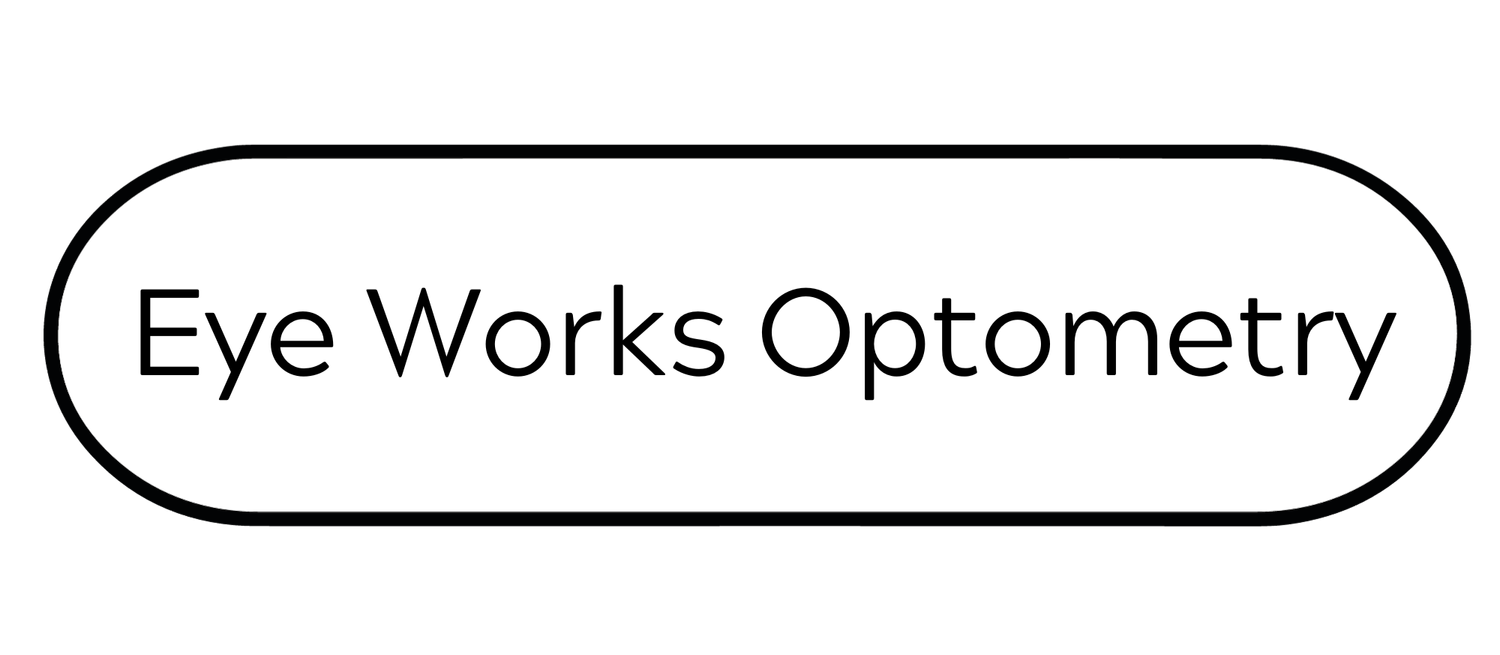Cataracts
A cataract is when the lens in your eye becomes cloudy, making your vision blurry. It's like looking through a foggy window. This usually happens as people get older, and it can make things like reading or driving more difficult. Cataract surgery, where the cloudy lens is replaced with a clear artificial one, can help restore clear vision.
-
Cataracts occur when the natural lens inside the eye becomes cloudy, often as a result of aging. This cloudiness can lead to a decrease in vision quality, making everyday activities like reading, driving, or seeing in low light difficult. The lens of the eye is usually clear, allowing light to pass through to the back of the eye (retina) where images are processed. When a cataract develops, it's like looking through a foggy or frosty window. Vision may become blurry, colors might seem dull, and glare from lights can become a problem.
Cataracts typically develop slowly over time and can affect one or both eyes. The good news is that cataract surgery, in which the cloudy lens is replaced with an artificial one, is a common and generally safe procedure that can effectively restore vision.
-
To reduce your risk of developing cataracts, it's important to take certain preventive measures. Wearing sunglasses and a brimmed hat helps protect your eyes from harmful UV rays, a known risk factor for cataracts. Quitting smoking is crucial, as smoking increases cataract risk. Eating a diet rich in vitamins and antioxidants, especially vitamin C and E found in fruits and vegetables, can also be beneficial. Limiting alcohol intake, managing other health problems like diabetes and high blood pressure, and maintaining a healthy weight are important steps, as these factors can contribute to cataract formation.
Additionally, regular eye exams are essential for early detection, and wearing protective eyewear during activities that could harm your eyes can prevent injuries that might lead to cataracts. These practices not only help in reducing the risk of cataracts but also contribute to overall eye health.
-
Did you know that cataracts are extremely common, particularly among older adults, with over half of Americans aged 80 either having a cataract or having had cataract surgery?
While often linked to aging, cataracts can also arise from other causes like injuries, certain medications, and prolonged UV exposure. Globally, they are the leading cause of blindness, yet this condition is treatable with cataract surgery being one of the most frequently performed and successful medical procedures. Remarkably, this surgery is usually quick, around 15 minutes, and has a high success rate with minimal recovery time. Moreover, advancements in intraocular lenses (IOLs) used during the surgery have not only allowed patients to regain clear vision but also, in many cases, reduced their reliance on glasses. This underscores the significance of cataracts as a health issue and the effectiveness of modern treatments in restoring vision.

Diagnosis Assessment
In this initial phase, we focus on accurately diagnosing and assessing the severity of the cataracts. Using specialized equipment, we examine the lens of your eye to determine the extent of clouding and its impact on your vision. We also discuss any symptoms you're experiencing, such as blurred vision, difficulty with night vision, or seeing halos around lights.
This thorough evaluation helps us understand how the cataracts are affecting your daily life and guides us in recommending the most appropriate treatment options. It's also an opportunity for you to ask questions and express any concerns about your condition.
Treatment Options
When cataracts significantly interfere with your daily activities, we explore treatment options, primarily focusing on cataract surgery, which is a safe and effective way to restore vision. During this stage, we explain the surgical procedure, where the cloudy lens is removed and replaced with an artificial lens.
We discuss different types of intraocular lenses (IOLs) and help you choose one that best fits your vision needs and lifestyle. We'll also go over the preparation for surgery, what to expect during the procedure, and the success rates, helping you make an informed decision about your eye care.
Post Surgical Care
After cataract surgery, post-operative care and monitoring are essential for a successful recovery. This segment involves follow-up appointments to monitor the healing process, check for any complications, and ensure the new lens is functioning well. We provide detailed instructions on post-surgery eye care, including medication to prevent infection and inflammation, and advise on activities to avoid during recovery.
Our goal is to support you through the healing process, address any post-surgery concerns, and help you adjust to your improved vision, ensuring a smooth transition to clearer sight.
See the World Clearly.
About The Eye Works
Our top priority is maintaining your eye health and vision quality. As the leading optometrist in Napa helping our patients/our family to see better, we use advanced technology for exceptional eye care.
We've grown thanks to positive feedback from our patients and their loved ones, and our reviews reflect our commitment to excellent service.
Our goal is to provide top-notch eye care, including advanced eye health tests, innovative lenses, contact lenses, fittings, and a selection of fashionable frames.
Insurances we accept






